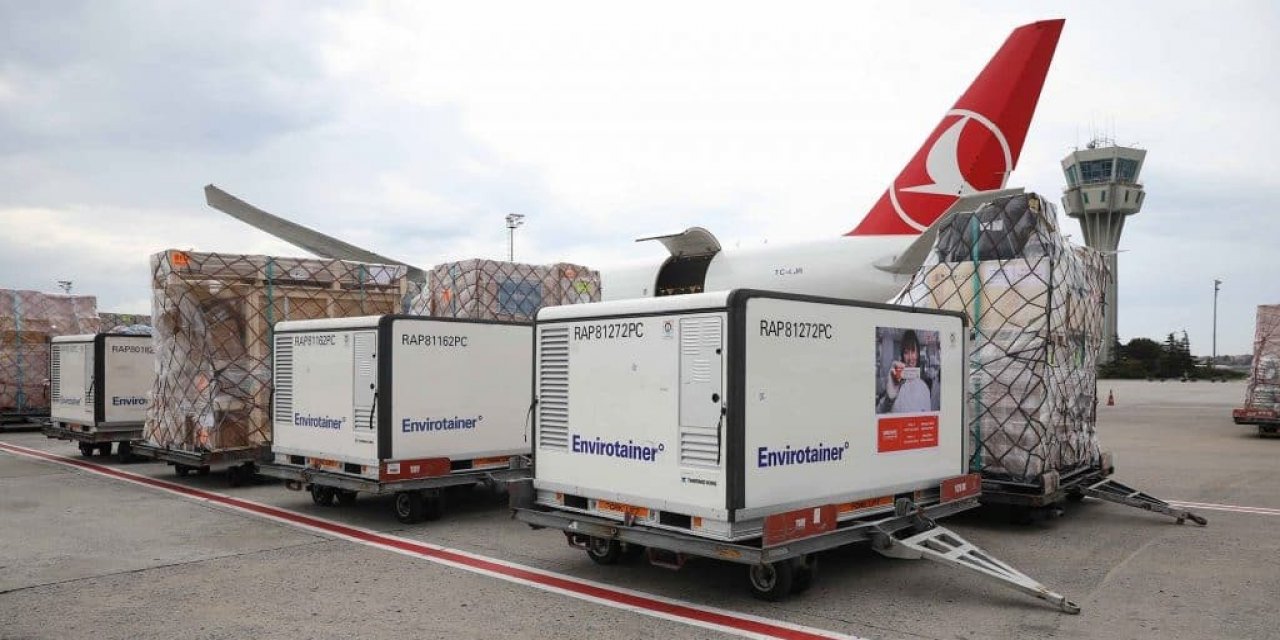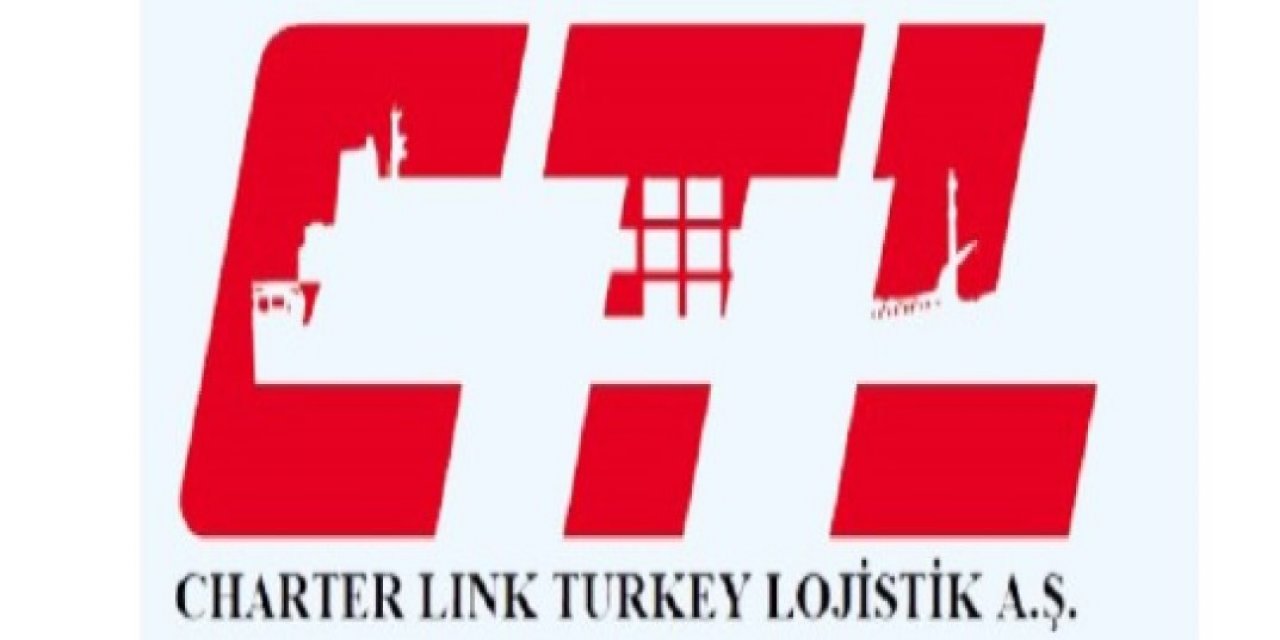
‘Foggy’ outlook for container shipping
But Drewry’s Container Forecaster report says ‘a brighter tomorrow is still likely’, despite the industry facing ‘an exceptionally high level of uncertainty’, including the extra costs of IMO 2020 and the possibility of a trade recession
The container shipping industry is facing an exceptionally high level of uncertainty, ranging from the extra cost associated with IMO 2020 and how much carriers will recover from shippers, to the possibility of a trade recession and unknown future engagement by shipowners in large vessel building programmes, according to the recently published Container Forecaster report from global shipping consultancy Drewry.
“The degree of uncertainty is probably the highest it has been in a decade,” said Simon Heaney, senior manager, container research at Drewry and editor of the Container Forecaster. “There are a lot of headwinds facing the industry right now with IMO 2020 at the forefront; but there is also a danger that those fears become over-stated and that commentators unnecessarily talk down the market when the truth is that it is moving in a positive direction.
“The industry is resilient and has shown that it can adapt quickly at times of stress, and we expect it to come out the other side in a stronger position.”
Every region is expected to see container port handling growth in each and every year of the five-year forecast horizon of the Container Forecaster, albeit at a slightly slower pace than Drewry was previously anticipating. Moreover, supply growth is expected to be below that of demand through 2023, which will assist the industry’s ongoing effort to rebalance an over-supplied market, the analyst said.
Drewry anticipates that the industry will be “close to equilibrium” by 2023, with its Global Supply-Demand index reaching a reading of 97.1, and with 100 representing “perfect harmony”.
The latest report explores the potential ramifications of the new IMO low-sulphur fuel regulations from 2020 on supply and demand, freight rates, liner profitability and the consolidation trend.
“Our analysis makes it very clear that it is essential that carriers increase their fuel (cost) recovery ratio, or else there will be serious consequences,” said Heaney. “What gives us confidence of a better tomorrow is that despite weaker supply-demand fundamentals, carriers last year managed to secure marginally higher rates, proving themselves capable of exerting a greater degree of pricing discipline.
“We expect IMO 2020 to raise the industry’s fuel bill by around 50% in 2020, which will certainly sharpen minds and serve to keep carriers on track.”
Drewry expects strong resistance from beneficial cargo owners (BCOs) to new BAF formula introduced by lines, “but we think that carriers will be more successful than in the past due to the wider market acceptance of burden sharing, and the fact that lines started discussing mechanisms early with shippers, giving them time to iron out any teething pains”.
Drewry explained that to cover more than one outcome, its freight rate forecast for 2020 includes two scenarios: the ‘Base Case’ assumes that carriers manage to pass on 75% of the cost difference between the cheaper HSFO and dearer LSFO; while the ‘Low Case’ scenario anticipates a 50% recovery, in line with recent trend. According to Drewry’s calculations, securing the higher rate of fuel recovery would lead to a profitable industry in 2020, whereas maintaining the status quo would result in losses that could trigger more consolidation in the market.
“Most shippers accept that they will have to pay more, but they rightly expect any increase to be justified with a credible and trusted mechanism – in other words the ball is very much in the carriers’ court,” said Heaney.
LOJİPORT





















Türkçe karakter kullanılmayan ve büyük harflerle yazılmış yorumlar onaylanmamaktadır.